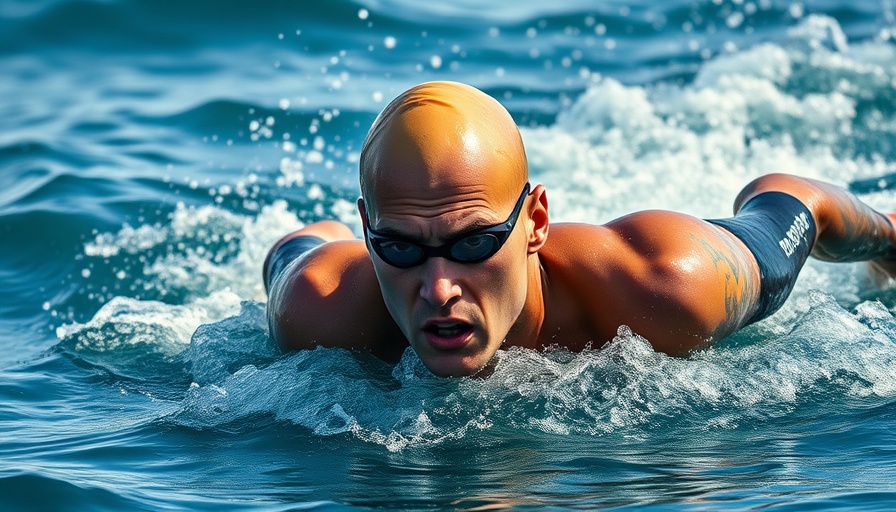
Unlocking the Benefits of Open Water Swimming
Open water swimming, while sometimes daunting, is an essential skill for triathletes and enthusiasts alike. As many seasoned swimmers and newcomers might agree, it can be overwhelming. The feeling of vast waters beneath you, coupled with unfamiliar sights and sounds, can easily distract from the training purpose at hand. To make each open water session count, preparation and focus are key.
In How To Get More From Your Open Water Swims, the discussion dives into practical tips for maximizing open water swim sessions, exploring key insights that sparked deeper analysis on our end.
Preparation is Key: How to Plan Your Open Water Swim
Just as you wouldn’t enter a race without a strategy, showing up unprepared for an open water swim can leave you feeling lost. Having a plan is crucial. Consider writing down your goals before you arrive at the venue. This might include specific skills to work on, such as sighting and pacing, tailored to the characteristics of your swimming location. Remember, knowing the distance of buoys or landmarks you’ll be swimming towards can significantly enhance your efficiency during training.
Why Warming Up Matters: Getting Comfortable with the Cold
Warming up is often overlooked, especially when leaping into cold water. However, it’s vital for adjusting to temperature changes and prepping your muscles for workout demands. While many race days won’t allow for deep water warm-ups, practicing quick dry-land warm-ups before plunging into the chilly waters can ease you into your swim. Moreover, it provides a mental boost and prepares you for the vigorous training ahead.
Time Over Distance: A New Approach to Open Water Training
Unlike pool swimming, where laps and distances are straightforward, open water demands an adaptation in approach. Focusing on time rather than distance can yield better results on race day. Setting your GPS devices to record time intervals instead of distance allows for a more engaging swimming experience without the distraction of inaccurate distance readings. Continuous efforts—such as 10-minute swims—can be tough in open water but are invaluable for building endurance and mental resilience.
Embrace the Challenges: Adding Tools to Your Training
For those seeking to elevate their skills, incorporating paddles into open water swims can enhance your strength and improve your technique. While many believe paddles are merely for speed, they actually serve as beneficial tools in developing the swim strength necessary for long races. Don’t shy away from challenging yourself at your next open water session; you have the opportunity to build skills while also enjoying the open water experience.
Developing Open Water Skills: Sighting and Pacing
Pacing can become tricky in open water, especially when inhaling waves instead of wall tiles. It’s essential to practice judging your pace without looking at your watch constantly. Identifying a known distance at your swim venue enables you to gauge your pace effectively. Perfecting sighting—where you check your path by lifting your head every few strokes—can also streamline your navigation and increase efficiency in the water.
The Importance of Transition Practice
Finally, race day doesn’t end when you touch ground again. Many overlook the crucial task of quickly shedding their wetsuit. Practicing this tedious task during training can ease transition anxiety on race days. Incorporating wetsuit removal drills after your swim is a small yet vital detail that can enhance performance under race-day pressure.
It's clear that while open water swimming may seem intimidating, it presents numerous opportunities for growth. By implementing thoughtful practices and focusing on skill development, you’ll gain confidence in your abilities and ensure that your next swim truly prepares you for race day.
 Add Row
Add Row  Add
Add 


Write A Comment